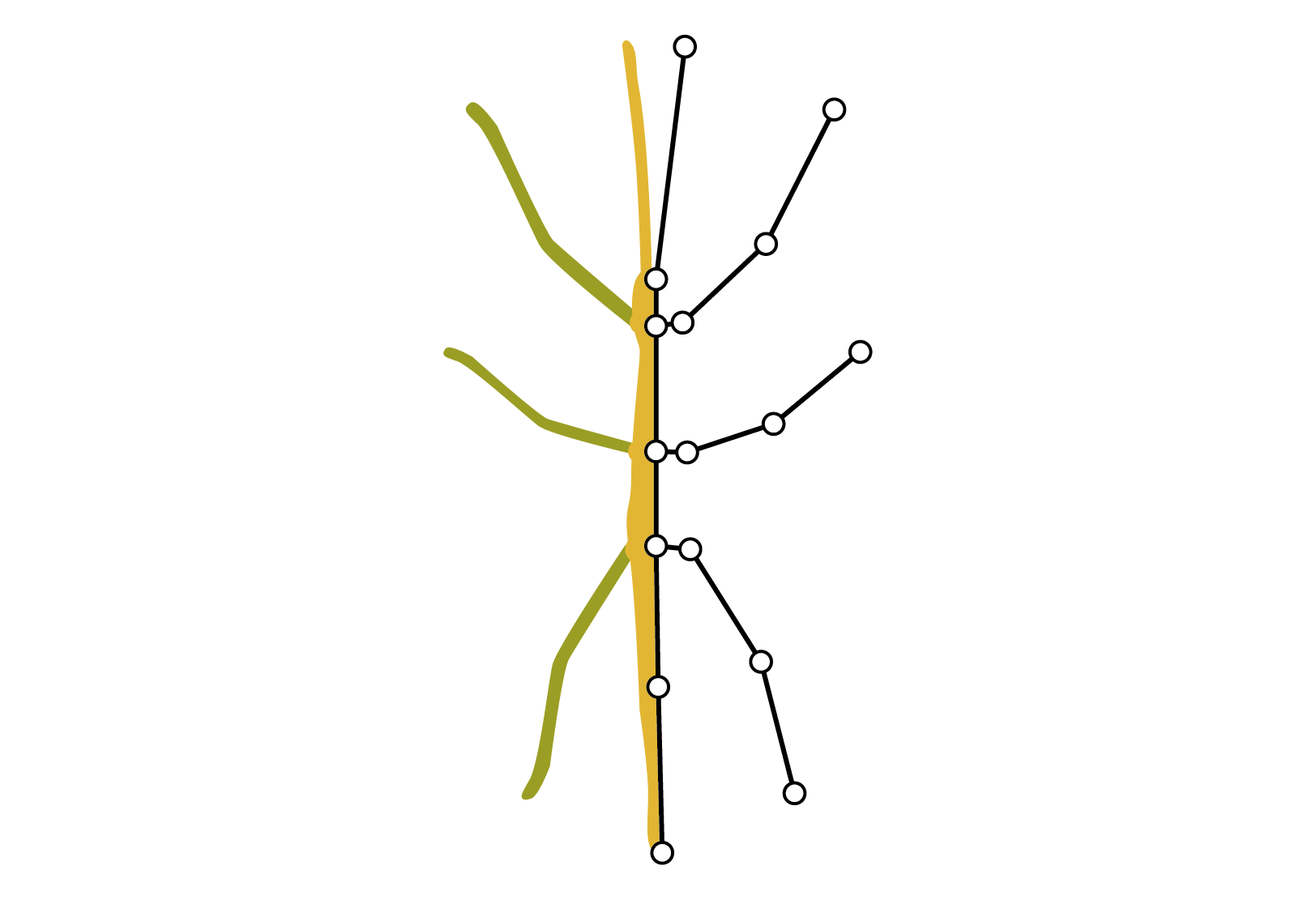Insect adhesion
Many arthropods and small vertebrates possess specialised attachment structures on their feet. These attachment organs are used not only for climbing on plants, but also to resist extreme detachment forces caused by wind and predators, to cling to mating partners during copulation, for jumping, prey capture, to hold on substrates during phoresy or parasitism, and for transporting items several times their own body weight. In light of this functional diversity, it comes at little surprise that adhesive pads have evolved not only in insects, but also independently in arachnids, amphibians, crustaceans, lizards, and mammals. The morphological convergence of these adhesive structures is truly astonishing, as these attachment organs face evolved to satisfy the required functional demands. Indeed, the performance of these biological adhesives is truly mind-boggling.

Biological adhesives...
- ...PROVIDE STRONG ATTACHMENT
Ants can carry several times their weight when hanging upside down, geckos can hang from single toes, and some beetles stick so well, that they literally get stuck!
- ...WORK IN CHALLENGING ENVIRONMENTS
Whether it’s sticking to wet rocks, or climbing on rough plant surfaces – there’s always at least one species that has found a way to deal with surfaces that would be challenging to the very best man-made adhesives.
- ...CAN BE DETACHED RAPIDLY
Despite providing safe attachment, ants and geckos can detach their sticky feet within milliseconds!
- ..RECOVER PERFORMANCE
Ever tried re-using sellotape? Animals face the same problem continuously, as it’s quite dirty out there. However, they have some fancy tricks up their sleeves that help ensure that their feet quickly regain their stickiness even after severe contamination.
With increasing knowledge of this remarkable performance came the desire to mimic biological adhesives, and a considerable amount of work has been devoted to this goal. However, many aspects of biological adhesives remain poorly understood. Crucial for the performance of biological adhesives is the conflict between locomotion and adhesion, and adhesive pads are perhaps best understood as trade-offs between contrasting functional demands. We are currently addressing some of the important outstanding questions regarding the biomechanics of controllable attachment, in particular, but not limited to

- 1. How climbing animals maintain pad performance across body sizes
- 2. How climbing animals are able to switch rapidly between strong attachment and easy detachment
-
3. Which physical mechanisms are responsible for the performance of the pads

Scaling of pad efficiency

Effect of surface wettability
on pad adhesion







